It’s Interesting That Mirri Maz Duur (whether On Purpose Or Inadvertently) Kills Rhaego To Prevent
It’s interesting that mirri maz duur (whether on purpose or inadvertently) kills rhaego to prevent future suffering he and his khalasar might commit, but ultimately causes the birth of a much more destructive entity. She tells dany that, “The stallion who mounts the world will burn no cities now. His khalasar will trample no nations into dust,” after the stillbirth, believing that rhaego would become a Genghis Khan esque figure in essos. However, it is rhaego’s sacrifice that quickens dany’s eggs, allowing drogon, viserion, and rhaegal to be born. In the end, mirri gives dany far more power than she ever would have had under drogo and rhaego, and far more destructive capabilities.
More Posts from Isaisacrackhead and Others

Erotic fresco at the House of the Vettii in Pompeii.
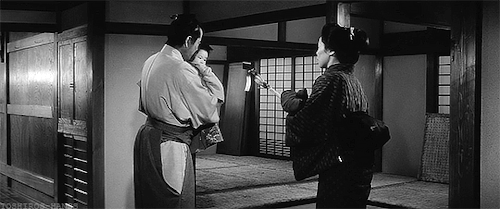

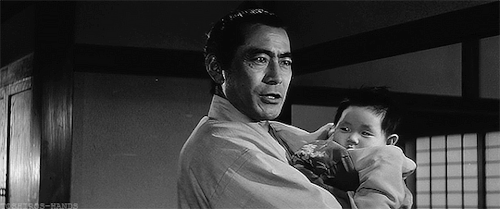


Toshiro Mifune in "Samurai Rebellion" (1967)

Roman marble statue of a pair of dogs, 2nd century AD
British Museum




Ballerina(2023)
Dir. Chung-Hyun Lee

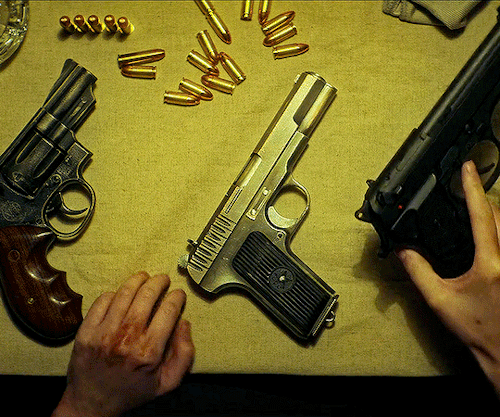
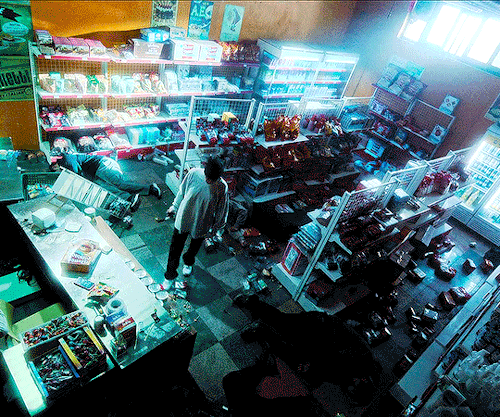

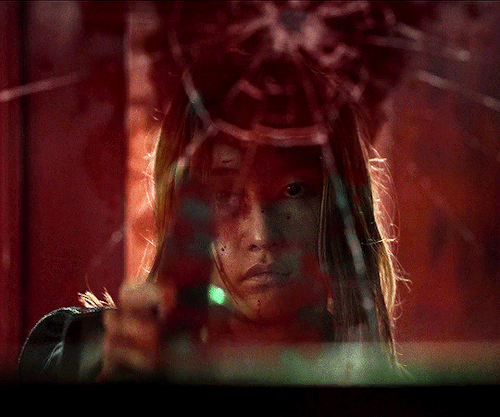


BALLERINA (2023) dir. Lee Chung-hyeon
"Christianity is the only major world religion to have as its central focus the suffering and degradation of its God. The crucifixion is so familiar to us, and so moving, that it is hard to realize how unusual it is as an image of God." Churches sometimes offer Christian education classes under the title "Why Did Jesus Have to Die?" This is not really the right question. A better one is, "Why was Jesus crucified?" The emphasis needs to be, not just on the death, but on the manner of the death. To speak of a crucifixion is to speak of a slave's death. We might think of all the slaves in the American colonies who were killed at the whim of an overseer or owner, not to mention those who died on the infamous Middle Passage across the Atlantic. No one remembers their names or individual histories; their stories were thrown away with their bodies. This was the destiny chosen by the Creator and Lord of the universe: the death of a nobody. Thus the Son of God entered into solidarity with the lowest and least of all his creation, the nameless and forgotten, "the offscouring [dregs] of all things" (1 Cor. 4:13).
—Fleming Rutledge, The Crucifixion: Understanding the Death of Jesus Christ (p.75)

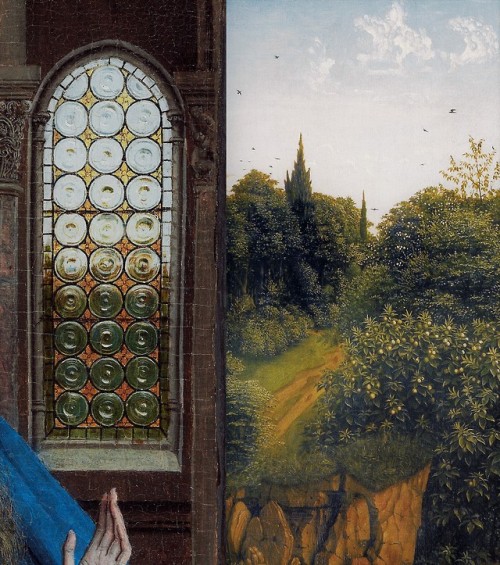
Detail from Annunciation, Jan van Eyck, ca. 1434-1436.

i watched Kill Bill vol. 1 earlier


Lady Snowblood

-
 quilldown liked this · 1 month ago
quilldown liked this · 1 month ago -
 rawdovetail liked this · 1 month ago
rawdovetail liked this · 1 month ago -
 heterogeneousstan liked this · 1 month ago
heterogeneousstan liked this · 1 month ago -
 rhaenyra-arryn reblogged this · 2 months ago
rhaenyra-arryn reblogged this · 2 months ago -
 gender-is-confusion liked this · 2 months ago
gender-is-confusion liked this · 2 months ago -
 briar--wood liked this · 2 months ago
briar--wood liked this · 2 months ago -
 teddybeardreamland reblogged this · 2 months ago
teddybeardreamland reblogged this · 2 months ago -
 lady-spacesis reblogged this · 2 months ago
lady-spacesis reblogged this · 2 months ago -
 lady-spacesis liked this · 2 months ago
lady-spacesis liked this · 2 months ago -
 isaisacrackhead reblogged this · 2 months ago
isaisacrackhead reblogged this · 2 months ago -
 isaisacrackhead liked this · 2 months ago
isaisacrackhead liked this · 2 months ago -
 auroraambrosia reblogged this · 2 months ago
auroraambrosia reblogged this · 2 months ago -
 labyrinthgf liked this · 3 months ago
labyrinthgf liked this · 3 months ago -
 polithicc liked this · 3 months ago
polithicc liked this · 3 months ago -
 plaidjazara liked this · 3 months ago
plaidjazara liked this · 3 months ago -
 lemonsuckin liked this · 3 months ago
lemonsuckin liked this · 3 months ago -
 sansaqueenofloveandbeauty reblogged this · 3 months ago
sansaqueenofloveandbeauty reblogged this · 3 months ago -
 crimson-jester liked this · 3 months ago
crimson-jester liked this · 3 months ago -
 narilwrites liked this · 3 months ago
narilwrites liked this · 3 months ago -
 kris25ina liked this · 3 months ago
kris25ina liked this · 3 months ago -
 sansitita liked this · 3 months ago
sansitita liked this · 3 months ago -
 epifaniacintilante liked this · 4 months ago
epifaniacintilante liked this · 4 months ago -
 skytlake liked this · 4 months ago
skytlake liked this · 4 months ago -
 mlelmsworld liked this · 4 months ago
mlelmsworld liked this · 4 months ago -
 fandomfreak173 liked this · 4 months ago
fandomfreak173 liked this · 4 months ago -
 korysbestie liked this · 4 months ago
korysbestie liked this · 4 months ago -
 oldworldpoolhall liked this · 4 months ago
oldworldpoolhall liked this · 4 months ago -
 agownofgoldenleaves liked this · 4 months ago
agownofgoldenleaves liked this · 4 months ago -
 the-wanderer-of-realms liked this · 4 months ago
the-wanderer-of-realms liked this · 4 months ago -
 dont-fuck-an-injured-bear liked this · 5 months ago
dont-fuck-an-injured-bear liked this · 5 months ago -
 frroggy liked this · 5 months ago
frroggy liked this · 5 months ago -
 cheloneuniverse liked this · 5 months ago
cheloneuniverse liked this · 5 months ago -
 bree0911 liked this · 5 months ago
bree0911 liked this · 5 months ago -
 am-just-a-bait reblogged this · 5 months ago
am-just-a-bait reblogged this · 5 months ago -
 am-just-a-bait liked this · 5 months ago
am-just-a-bait liked this · 5 months ago -
 moviestorian liked this · 5 months ago
moviestorian liked this · 5 months ago -
 ilargizuri liked this · 5 months ago
ilargizuri liked this · 5 months ago -
 transdimensional-void liked this · 5 months ago
transdimensional-void liked this · 5 months ago -
 alicewholostinwonderland liked this · 5 months ago
alicewholostinwonderland liked this · 5 months ago -
 riana-one liked this · 5 months ago
riana-one liked this · 5 months ago -
 lcmniscate liked this · 5 months ago
lcmniscate liked this · 5 months ago -
 blububbleblack liked this · 5 months ago
blububbleblack liked this · 5 months ago -
 g0lightly liked this · 5 months ago
g0lightly liked this · 5 months ago -
 strawberrywifee liked this · 5 months ago
strawberrywifee liked this · 5 months ago -
 dapucha liked this · 5 months ago
dapucha liked this · 5 months ago -
 jathun liked this · 5 months ago
jathun liked this · 5 months ago -
 fruitsofthepalmyrah liked this · 5 months ago
fruitsofthepalmyrah liked this · 5 months ago -
 sadmatilda liked this · 5 months ago
sadmatilda liked this · 5 months ago -
 deathlullsme liked this · 5 months ago
deathlullsme liked this · 5 months ago
